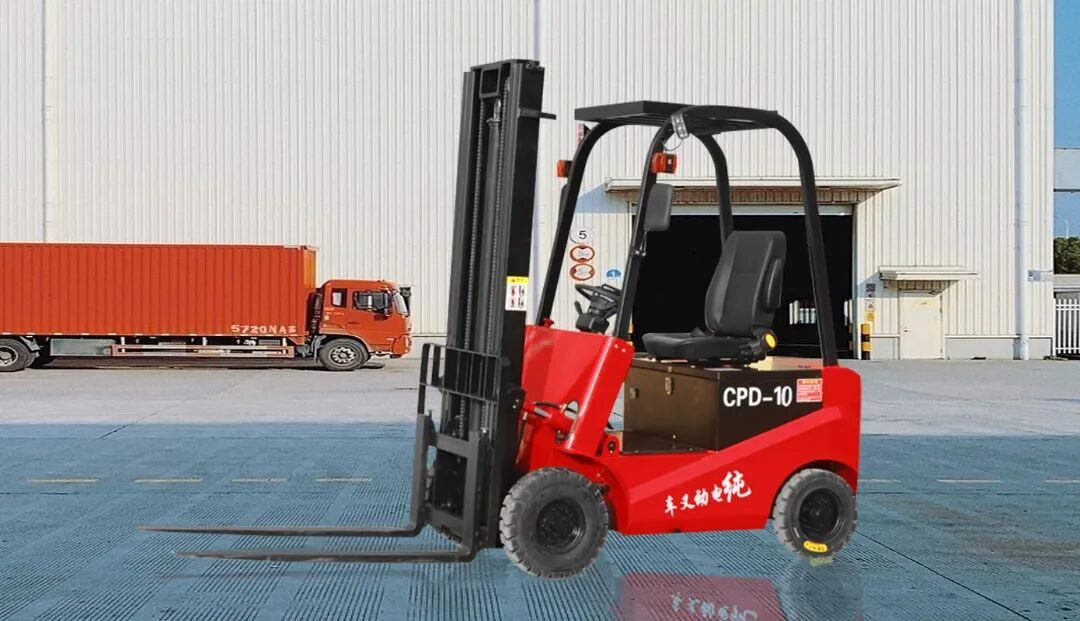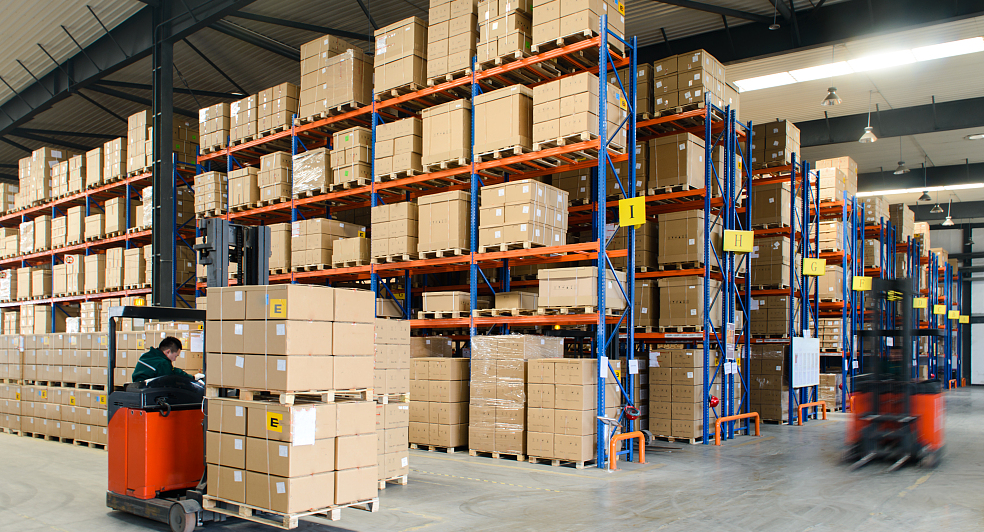Today, I'd like to share some tips on forklift operation safety. Whether in factories, warehouses, or logistics centers, forklifts are essential equipment. However, there are numerous potential hazards during their use, and we need to promptly identify and address these issues to ensure workplace safety. In this post, I'll guide you through how to inspect for safety risks in forklift operations. Let's dive in!
1. Inspecting the Forklift's Exterior and Structure

The forklift's exterior and structure are the first areas we need to inspect. Ensure the overall appearance shows no obvious damage, paying special attention to any dents, scratches, or cracks. Check the mast, forks, body, and overhead guard for any signs of loose or detached components. The integrity of these parts is critical for safe operation, so it is essential to confirm they are neither loose nor broken.
2. Inspecting the Operator's Compartment and Controls
The operator's compartment is one of the most crucial areas on a forklift, and thus, we must examine its safety meticulously. Ensure the steering wheel, control levers, and pedals are undamaged and secure. Check that the indicator lights on the control panel are functioning correctly and verify that all control switches operate normally. Additionally, inspect the condition of the seat and seatbelt to ensure they can provide a comfortable and, more importantly, safe working environment.
3. Inspecting the Hydraulic System and Lifting Components
A stable and reliable hydraulic system is crucial for the proper operation of a forklift. We need to check the hydraulic oil tank and hoses for any signs of leaks. Examine the lifting components, ensuring the fork arms, fork tips, and rollers show no significant wear or deformation. During a lifting test, observe whether the lifting speed is consistent and watch out for any abnormalities such as jerking movements or unusual noises. If any issues are identified, they should be promptly reported to maintenance personnel for resolution.
So, how should we conduct these checks?
Identifying potential hazards in forklifts is critically important, as it helps ensure a safe working environment. I'm happy to share some engaging ways to inspect forklifts for safety risks.
01. Inspect the Braking System
Think of this as giving the forklift a crucial "brake test." You can perform a simple experiment: pretend you're the operator, accelerate in an open area, and then hit the brakes. If the forklift doesn’t stop responsively, similar to a car with "sluggish brakes," it’s a clear safety concern.
02. Check the Field of Vision
This step ensures the forklift operator has a clear line of sight to prevent accidents. Sit in the driver’s seat and put yourself in the operator’s shoes. Check if you can see the surroundings clearly. If you notice blind spots or obstructed views, it means the forklift’s safety needs improvement.
03. Examine the Tires
Imagine the forklift’s tires are like its "shoes." Worn-out shoes make walking uncomfortable, right? Similarly, heavily worn tires can compromise control and stability. Make sure the tires show no signs of excessive wear, cracks, or punctures. This ensures the forklift can "walk" steadily and safely.
I hope these fun and practical tips are helpful. Remember, when inspecting forklifts, it’s essential to stay focused while also finding joy in the process—because safety always comes first!

Conclusion
By conducting detailed inspections of the forklift's exterior and structure, operator compartment and controls, as well as the hydraulic system and lifting components, we can promptly identify and address potential safety hazards. Ensuring forklift safety is fundamental to enhancing overall workplace security and protecting employees' lives and well-being. Remember, safety is the most critical part of our work—let's collaborate to build a secure and reliable working environment!
To reduce forklift accidents, it is essential to provide comprehensive training for operators, implement daily maintenance and inspections, optimize warehouse layout design, display clear safety signage, and maintain good visibility in operational areas. Additionally, regular safety reviews and compliance evaluations are vital.
Furthermore, scheduled maintenance and upkeep of forklifts are crucial safety measures. If you need any parts, please feel free to contact us!